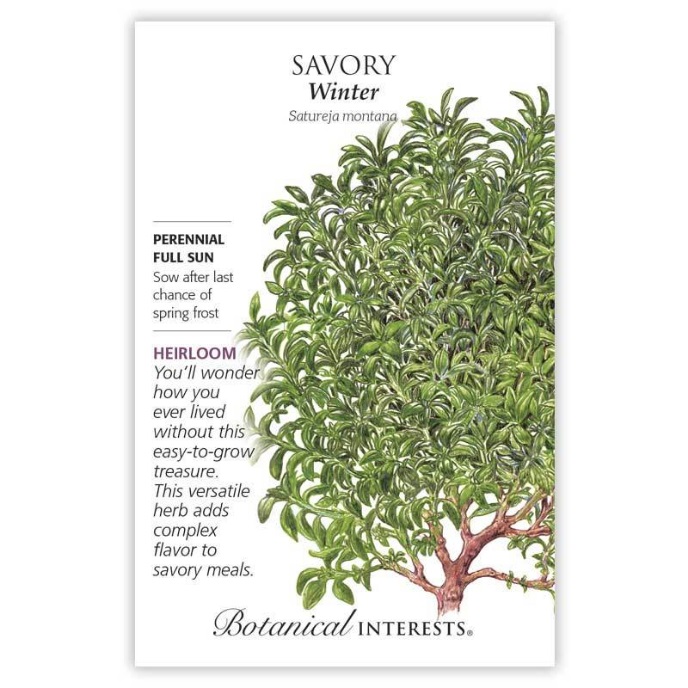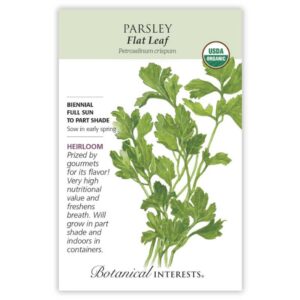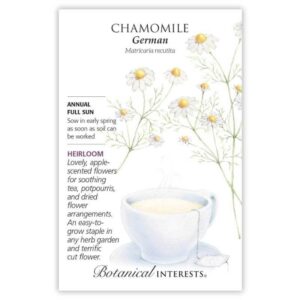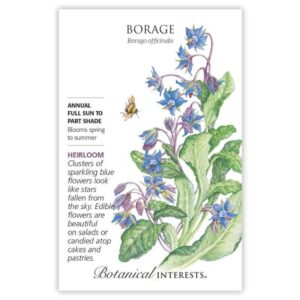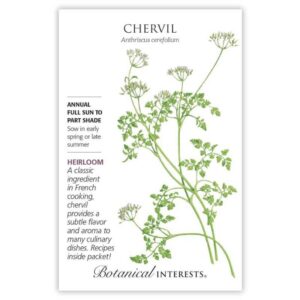Description
Winter Savory (Satureja montana) is a hardy, perennial herb that brings a complex, peppery flavor with hints of thyme and mint to rich, savory dishes. Especially delicious in stews, meats, and roasted vegetables, winter savory is also an attractive ornamental plant for rock gardens and borders. Growing well in poor soils and requiring minimal care, this herb thrives in full sun, and its white to lilac-colored flowers draw bees and other beneficial insects. This low-maintenance herb is deer resistant, drought-tolerant, and perfect for containers, making it a must-have for any herb garden.
This packet sows up to 71 feet. 320 seeds.
Variety Info:
Botanical Name: Satureja montana
Family: Laminaceae
Native: Western Asia and Europe
Hardiness: Perennial in USDA zones 4–8
Plant Dimensions: 6″–12″ tall, 10″–12″ wide
Variety Information: Compact, semi-evergreen bush with woody stems, and linear-shaped, glossy, 1/2″–1″ long, dark green leaves. White to lilac-colored flowers appear on tips in summer and foliage may turn reddish as temperatures cool in fall.
Exposure: Full sun
Attributes: Attracts Pollinators, Deer Resistant, Drought Tolerant, Good for Containers
Sowing Info:
When to Sow Outside: 1 to 2 weeks after your average last frost date.
When to Start Inside: RECOMMENDED. 8 to 10 weeks before your average last frost date. Ideal soil temperature for germination is 65°–70°F.
Days to Emerge: 10–20 days
Seed Depth: Surface
Seed Spacing: A group of 3 seeds every 8″
Row Spacing: 12″
Thinning: When 1″ tall, thin to 1 every 8″
Growing Info:
Harvesting: Harvest individual leaves at any time. Entire stems may be cut after plants are at least 6″ tall, as long as you do not remove more than 1/3 of the plant. Winter savory is evergreen but flavor may be less pungent during the winter. Flavor is most intense just prior to flowering.
